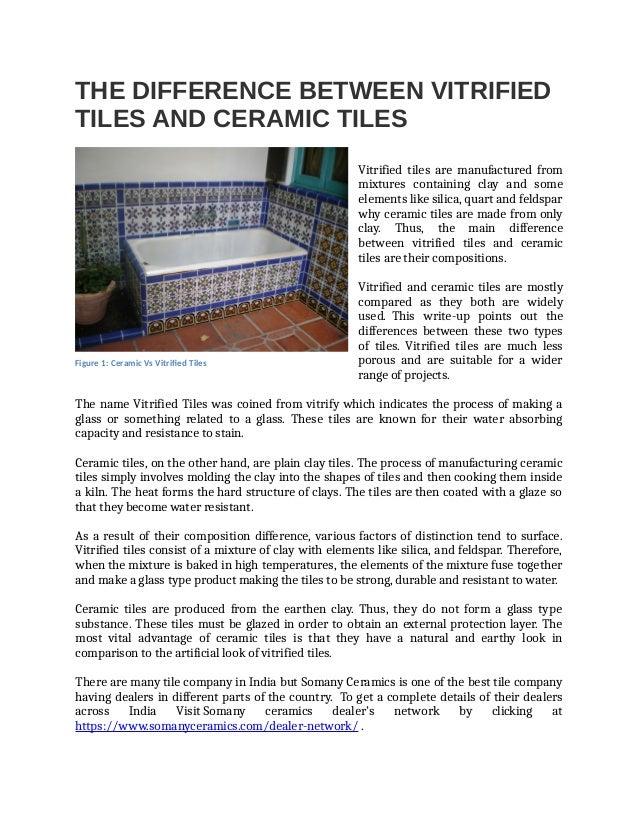Vitrification as an ultrarapid cooling technique is based on direct contact between the vitrification solution containing the cryoprotectant agents and the liquid nitrogen ln 2.
Vitrification ceramics pdf.
Vitrification from latin vitreum glass via french vitrifier is the transformation of a substance into a glass that is to say a non crystalline amorphous solid.
These are the well established techniques for converting various kinds of solid wastes into several reusable materials with excellent chemical stability 1 3 5.
Average diminishing factors k w for the vitrified aqueous radioactive waste see section 3 6 are of the order of 10 4 10 5 sufficient to provide safe long term storage of hlw in above ground facilities as well as safe transportation and final disposal.
Vitrification is usually achieved by heating materials until they liquidize then cooling the liquid often rapidly so that it.
The protocols for vitrification are very simple and they allow cells and tissue to be placed directly into the cryoprotectant and then plunged directly into ln 2.
Basudeb karmakar in functional glasses and glass ceramics 2017.
Vitrification is usually achieved by heating materials until they liquidize then cooling the liquid often rapidly so that it passes.
Vitrification of nuclear wastes ensures maximum reduction of the potential for radionuclide release into the environment.
In the production of ceramics vitrification is responsible for its impermeability to water.
9 3 1 vitrification and crystallization technique.










